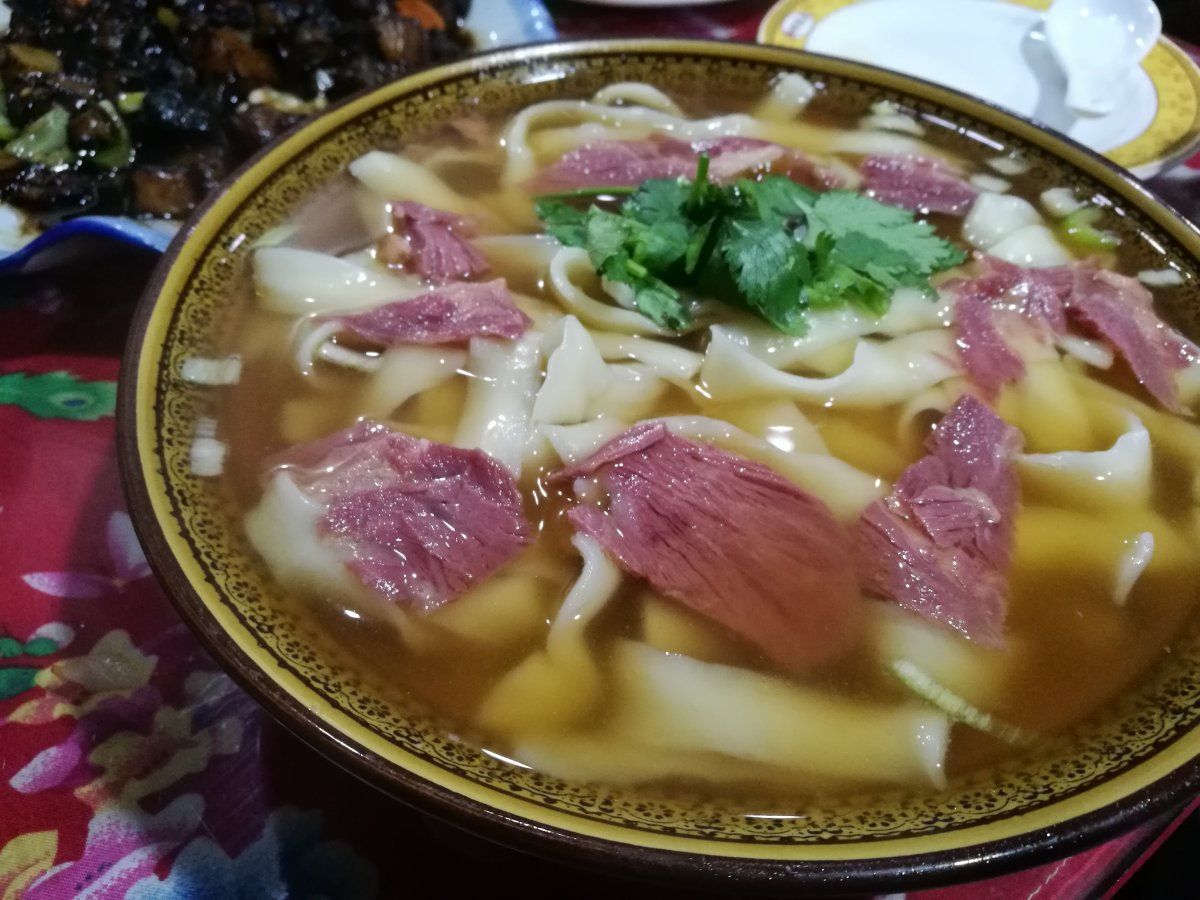Pingyao: The Walled Historical Chinese City Matched by None
When a friend described Pingyao to me as the “Dali of the north,” I didn’t quite know what to expect. Sure, Dali is a beautiful ancient city, but one that failed to capture my imagination, which I put down to visiting 10 years too late or not being stoned out of my mind. However, while the comparison to Yunnan’s backpacker escape du jour wasn’t completely incorrect, driving the short distance from the train station through the neon glitz of Pingyao’s western district to the old walled city – considered the best-preserved in the whole of China – didn’t prepare me for how remarkable it would actually be.

Sitting a four and a half-hour train ride west of Beijing, in Shanxi province, Pingyao has managed to escape the commercial ravaging of cookie-cutter tourist shops and dead-behind-the-eyes bongo drummers that similar cities have fallen victim to. What you have instead is local tourism that is, for the most part, restricted to the intersecting North, West, East, and South Streets, and therefore easily avoidable (especially in the off-season, minus the buggies that zoom every which way, carting groups between destinations in lieu of taxis). However, they do act as the best place to sample the local delicacies: daoxiaomian “knife-cut noodles,” and Pingyao salt-cured beef, which are not wholly dissimilar to corned beef, dipped in soy sauce.

Belly now full, explore the one square mile of largely untouched Ming (1368-1644) and Qing (1644-1911) dynasty architecture – composed of 3,700-plus courtyards, shops, and temples – surrounded by the largely original 600-year-old wall (enter via a single RMB 130 ticket, purchased at various locations across the city, and valid for three days). Pay particular attention to how high each structure’s surrounding walls are or if they boast a tall, curved entranceway for horses, both indicators of how affluent the founding residents had been.

For a singular and exquisite example of the lofty wealth some of Pingyao’s Qing-era aristocracy achieved (the city was home to China’s first banks), head to the Ma Zhongxuan residence. Only open to the public since 2014, the Ma household was constructed in the formation of the character for horse, “马”, and contains 197 rooms; a warren of chambers, stairs, and balconies that boggle the mind as to how merchant Ma, his three wives, children, and servants ever saw each other, which was maybe the point.

Seven kilometers out of the city lies the UNESCO Heritage Site of Shuanglin Temple (RMB 35). At 1,500 years old, the temple is most notable for the 2,000-plus Ming dynasty terracotta and wood sculptures that are crammed into its halls and still cling to their original and vibrant colors. The surrounding intricate dragons, flames, and symbols give each Bodhisattva the impression of being enveloped by a stalagmite-riddled cave while hundreds of smaller figures look on, half threateningly and half at peace.

As for accommodation, the city center has no shortage of guesthouses, but a good bet, and one of the newer openings (albeit still within a near-300-year-old courtyard) is the City Wall Old House, a two-bed ensuite costing RMB 298. An added bonus of staying here is that the owner, Baal, a Beijinger, is no stranger to adventure and if you ask kindly, he may take you out to one of his finds: an outer-lying abandoned village, buildings from which date to the beginning of the Qing dynasty, their residents having since relocated to more comfortable dwellings nearby. A visit to Pingyao during its colder months is a surefire way to avoid the hordes (and admittedly get your fair share of coal-filled lungs) but its abundant sights and unmatched feel make it a truly “ancient” Chinese city, matched by none.
Looking for more travel domestic tips? Get ideas on via all our travel pieces here.
More stories by this author here.
Email: tomarnstein@thebeijinger.com
WeChat: tenglish_
Instagram: @tenglish__
Photos: Will Griffith, Tom Arnstein
Related stories :
Comments
New comments are displayed first.Comments
![]() AliStrikes
Submitted by Guest on Mon, 12/04/2017 - 04:16 Permalink
AliStrikes
Submitted by Guest on Mon, 12/04/2017 - 04:16 Permalink
Re: Pingyao: The Walled Historical Chinese City Matched by None
I heard so much about Pingyao and our group was ready to travel as well but we did not got chance to visit it.
We heard so everything good about it, From travelling to food and the people and the culture is so amazing .
Im definitely gonna visit you Pingyao one day ;)
Validate your mobile phone number to post comments.







